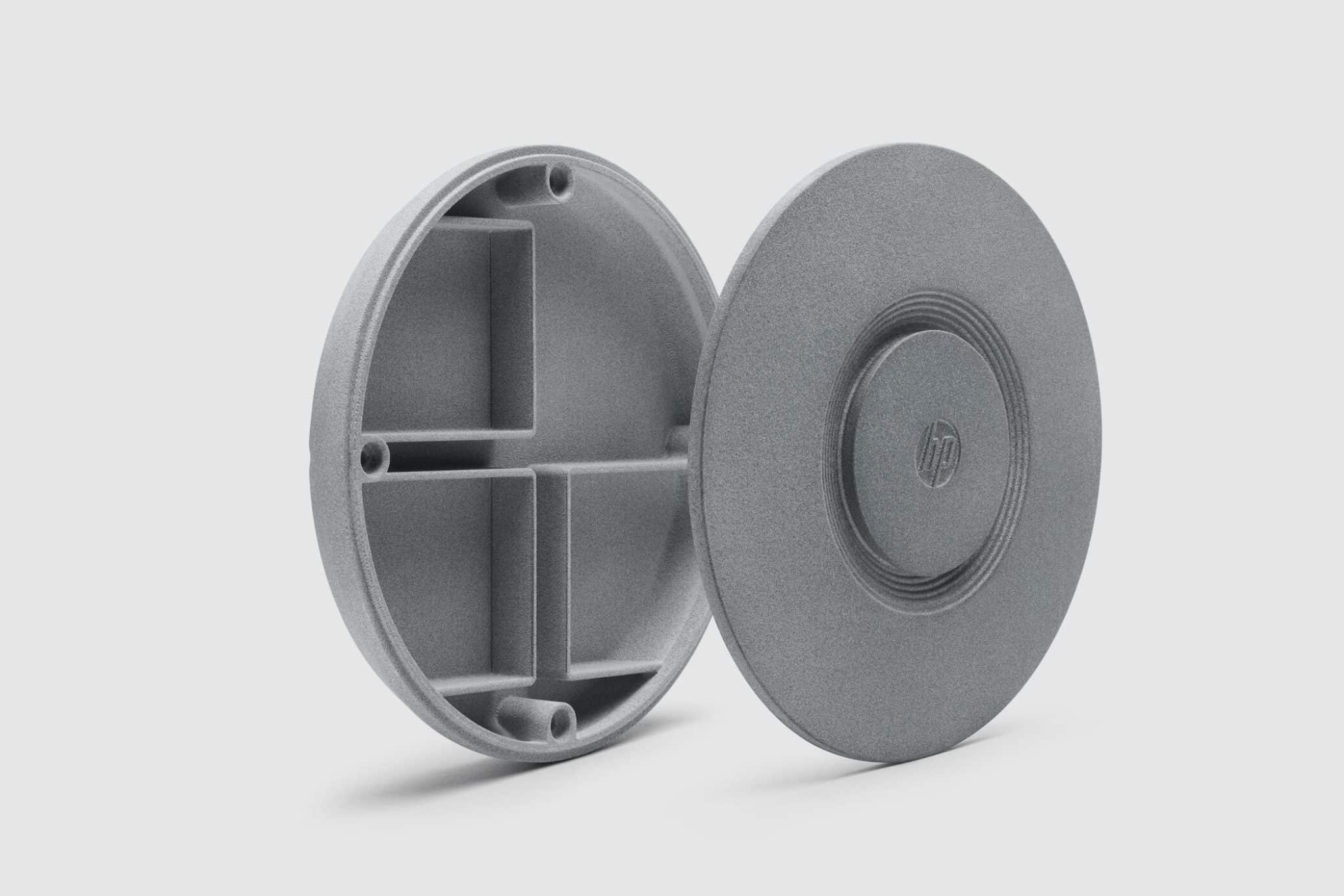Thermoplastic Polyurethane (TPU)
Introduction to TPU for 3D Printing
Thermoplastic Polyurethane (TPU) is a flexible, abrasion-resistant elastomer known for its high elasticity, impact absorption, and chemical resistance. It is ideal for functional parts requiring durability and flexibility, such as seals, gaskets, protective sleeves, and shock-absorbing components.
Fused Deposition Modeling (FDM) and Selective Laser Sintering (SLS) allow TPU to be printed with ±0.2 mm accuracy, excellent interlayer adhesion, and high part resilience across a range of industrial and consumer applications.
International Equivalent Grades of TPU
Type | Grade Code | Common Applications |
|---|---|---|
ISO | ISO 18064 | General-purpose TPU Elastomer |
ASTM | D4065 | Thermoplastic Elastomer (TPE-U) |
Europe | EN 16877 | TPU Additive Grades |
China | GB/T 29418 | TPU 85A–98A Grades |
Comprehensive Properties of TPU
Property Category | Property | Value |
|---|---|---|
Physical | Density | 1.10–1.25 g/cm³ |
Shore Hardness | 85A–98A | |
Service Temperature Range | -30°C to +80°C | |
Mechanical | Tensile Strength | 25–50 MPa |
Elongation at Break | 300–600% | |
Tear Resistance | 60–100 kN/m | |
Abrasion Resistance | Excellent |
Suitable 3D Printing Processes for TPU
Process | Typical Density Achieved | Surface Roughness (Ra) | Dimensional Accuracy | Application Highlights |
|---|---|---|---|---|
≥95% | 10–18 µm | ±0.2 mm | Ideal for vibration dampeners, flexible housings, strain reliefs, and protective components | |
≥98% | 8–14 µm | ±0.15 mm | Best for lattice structures, soft enclosures, and abrasion-resistant mechanical parts |
Selection Criteria for TPU 3D Printing Processes
Flexibility and Resilience: TPU maintains elasticity under cyclic loads and exhibits long-term recovery, making it perfect for living hinges, bellows, and soft-touch components.
Shore Hardness Range: TPU grades from 85A to 98A cover a spectrum of stiffness—from soft rubber-like to semi-rigid.
Printability Considerations: Requires consistent extrusion and controlled cooling; use direct-drive extruders and proper bed adhesion aids for reliable FDM performance.
Abrasion and Tear Resistance: TPU excels in rugged conditions, making it suitable for seals, sleeves, and energy-absorbing parts exposed to friction or impact.
Essential Post-Processing Methods for TPU 3D Printed Parts
Support Removal and Trimming: Flexible support structures can be manually removed or trimmed using precision cutters or CNC methods where applicable.
Tumbling: Improves surface texture for wear-resistant and cosmetic parts while maintaining elastomeric properties.
Coloring and Dyeing: TPU parts can be colored post-print using solvent-based dyes for branding, color coding, or aesthetic enhancement.
Assembly with Adhesives or Welding: TPU can be bonded using flexible adhesives or ultrasonic welding for wearable, automotive, and industrial assemblies.
Challenges and Solutions in TPU 3D Printing
Stringing and Oozing: Minimize retraction and use slow print speeds (~20–40 mm/s) to reduce stringing in FDM printing.
Moisture Sensitivity: TPU must be dried at 60°C for 4–6 hours before printing to prevent bubbling and improve surface finish.
Soft Material Handling: Use tight filament paths and direct-drive extruders to ensure consistent material feeding during flexible filament printing.
Applications and Industry Case Studies
TPU is widely used in:
Wearables: Custom straps, protective sleeves, and ergonomic grips for consumer devices.
Automotive: Vibration isolators, gaskets, pedal covers, and cable boots.
Industrial: Seals, flexible housings, protective sleeves, and shock-absorbing mounts.
Medical & Sports: Orthotics, insoles, sports gear padding, and compression systems.
Case Study: A sports equipment company printed shock-absorbing TPU lattice structures for helmet liners using SLS. Parts met required flexibility, with repeatability ±0.15 mm and consistent elasticity over 100,000 compression cycles.
Frequently Asked Questions (FAQs)
What hardness levels are available for 3D printed TPU parts?
How does TPU perform in dynamic or repetitive load environments?
What are the drying and handling requirements for TPU filament?
Can TPU be used in industrial sealing or vibration isolation components?
How accurate and repeatable is TPU printing for flexible lattice or cushioning structures?



